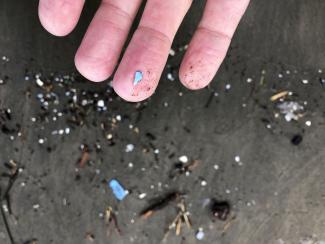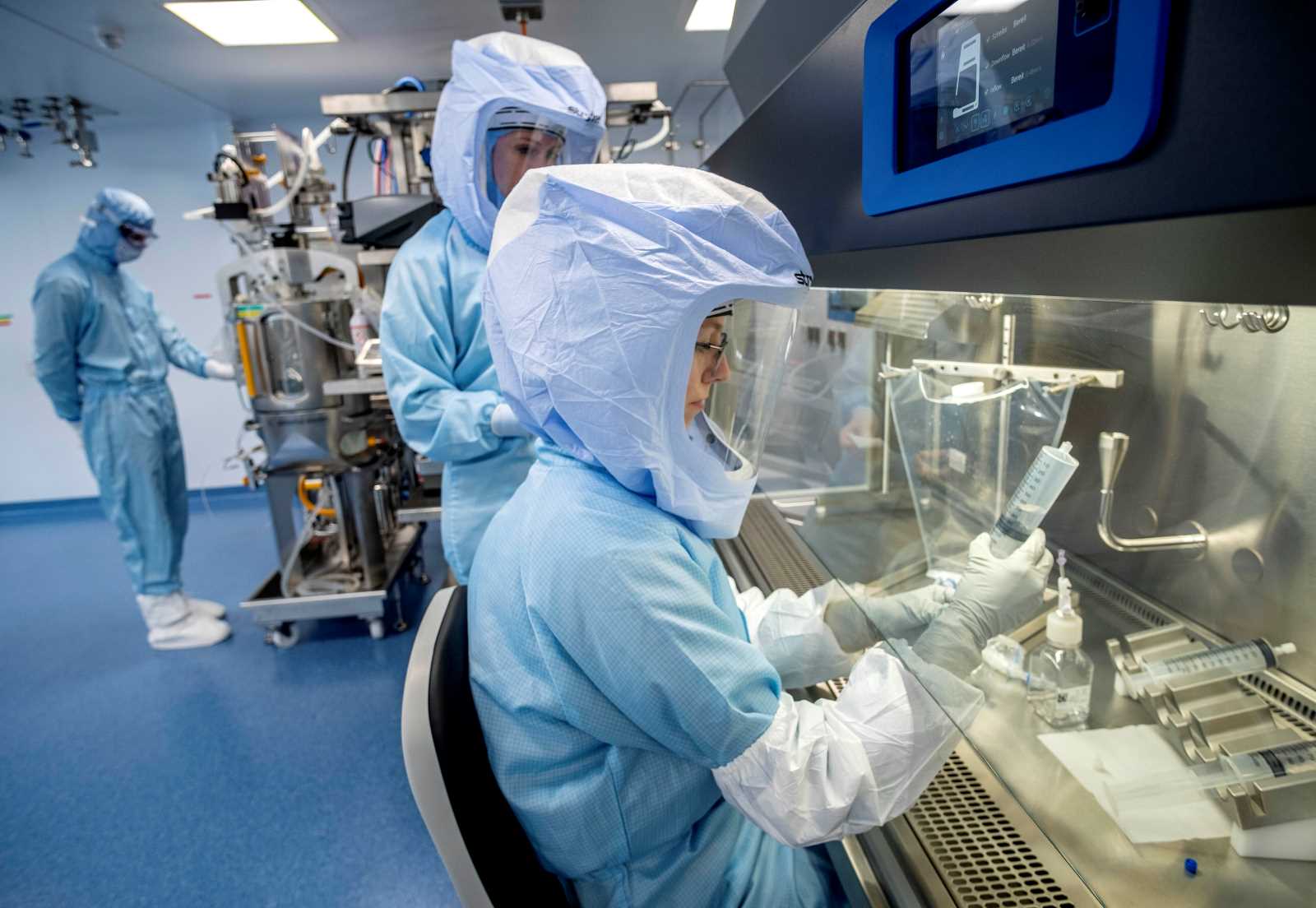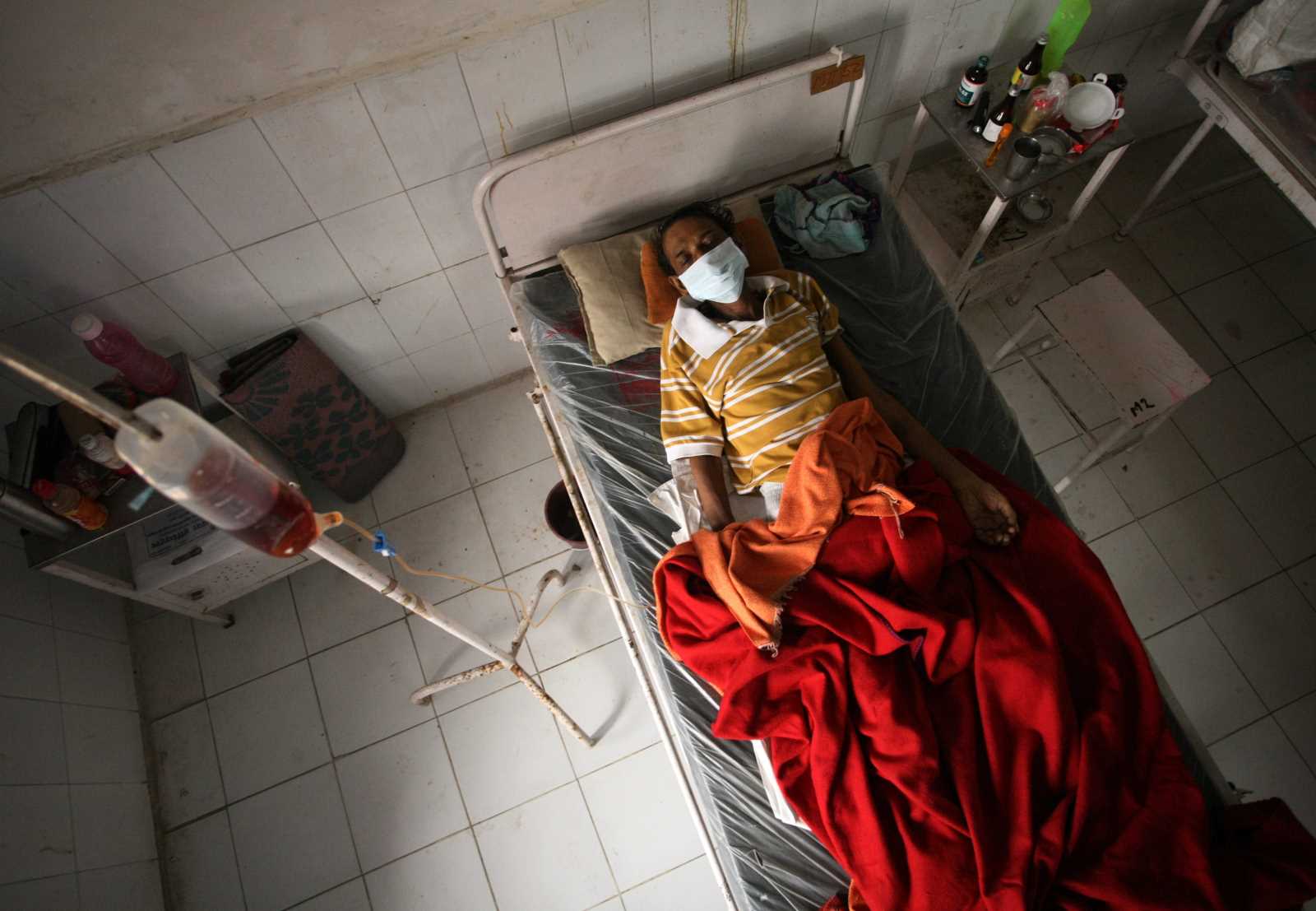Microplastics
Scientists consider tiny chemicals to be health hazards

Plastic particles and fibres are called microplastics by scientists if their length is less than 5 millimeters (mm) and at least 1 µm (0,0001 mm). The smallest pieces are called nanoparticles and are invisible to the human eye. They enter human bodies via air, water, food and cosmetics.
Some microplastics are intentionally manufactured in granular and pellet form. These chemicals are used in cleaners and polishes, as well as in fertilisers, paints and coatings. Some medical products and cosmetics contain them too.
Another kind of microplastics results from products of daily use being ground down after being discarded or during their lifecycle. Such secondary microplastics, for example, occur when people wear or wash synthetic textiles or by abrasion from tires.
Wastewater-treatment plants do not remove such particles completely. Accordingly, these substances pollute rivers and lakes. When sludge is used to fertilise field, moreover, microplastics are spread there too.
Germany‘s Federal Institute for Risk Assessment (Bundesinstitut für Risikobewertung – BfR) says that, according to current scientific knowledge, microplastics do not affect human health. Oral consumption, the BfR reports, has so far not been shown to affect bowel tissue. However, the BfR admits that much more research needs to be done and that it is impossible to conclusively assess either the impacts microplastics have on the human body or the risks those impacts imply.
Other agencies, by contrast, argue that there is evidence of health risks. They include the World Health Organization (WHO) and the World Wide Fund for Nature (WWF), an environmental NGO. Both report that drinking water is the most prevalent way for microplastics to enter human bodies. Indeed, every kind of drinking water (groundwater, surface water, pipe water and bottled water) around the world is said to contain microplastics nowadays. The WWF concedes that the long-term impacts on human health are not yet understood. It insists, however, that maritime organisms suffer premature death due to excessive concentrations of microplastics in their digestive systems or their respiratory tracts.
Research done in laboratories, moreover, has revealed microplastics’ toxic impact on lung, liver and brain cells. Moreover, many kinds of plastic contain additives that are harmful to human health. According to the WWF, researchers have proven that, in certain concentrations, microplastics can cause inflammations of the respiratory tract. Recent studies have shown that human organs and fat tissue often contain micro and nano particles, and that suggests that these particles may penetrate cells. Scientists assume that the particles harm the immune system, most likely causing both inflammations and cancer.
Both the WWF and the WHO call for more research. The WWF, moreover, wants policymakers to respond internationally by:
- establishing a global panel of scientists to survey and compile the best available research results concerning the impacts of plastics and micro plastics on nature,
- concluding an international agreement on protecting the seas from all kinds of plastic waste, and
- defining national goals for reducing, recycling and managing plastics in line with commitments made in international agreements.
Links
WWF, 2019: Assessing plastic ingestion from nature to people.
https://wwfint.awsassets.panda.org/downloads/plastic_ingestion_web_spreads.pdf
Bundesamt für Risikobewertung, 2019: Mikroplastics.
https://www.bfr.bund.de/cm/349/microplastics-facts-research-and-open-questions.pdf
WHO, 2019: Microplastics in drinking-water.
https://apps.who.int/iris/bitstream/handle/10665/326499/9789241516198-eng.pdf?ua=1
Sabine Balk is member of the editorial team of D+C Development and Cooperation / E+Z Entwicklung und Zusammenarbeit.
euz.editor@dandc.eu











